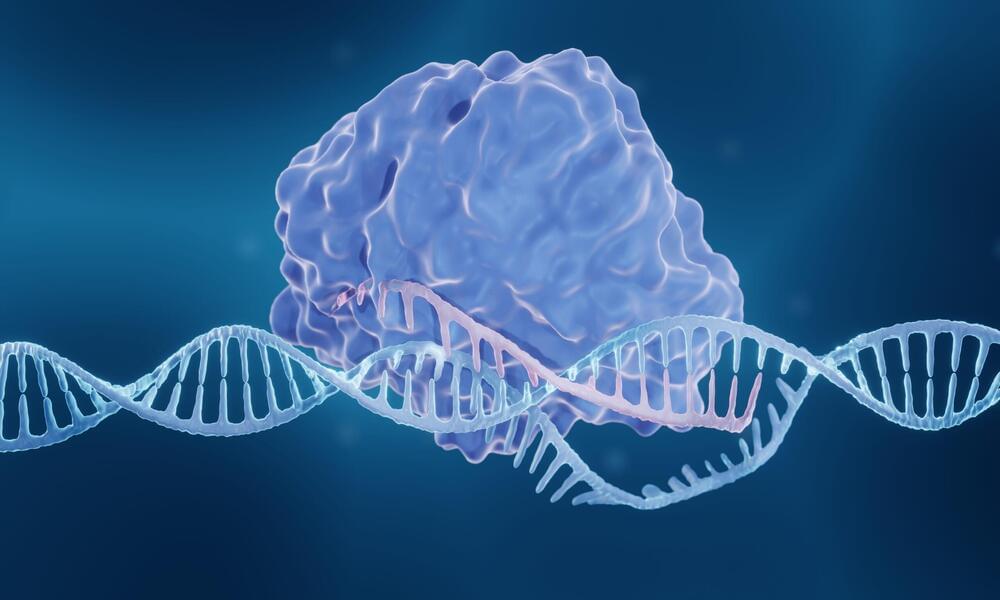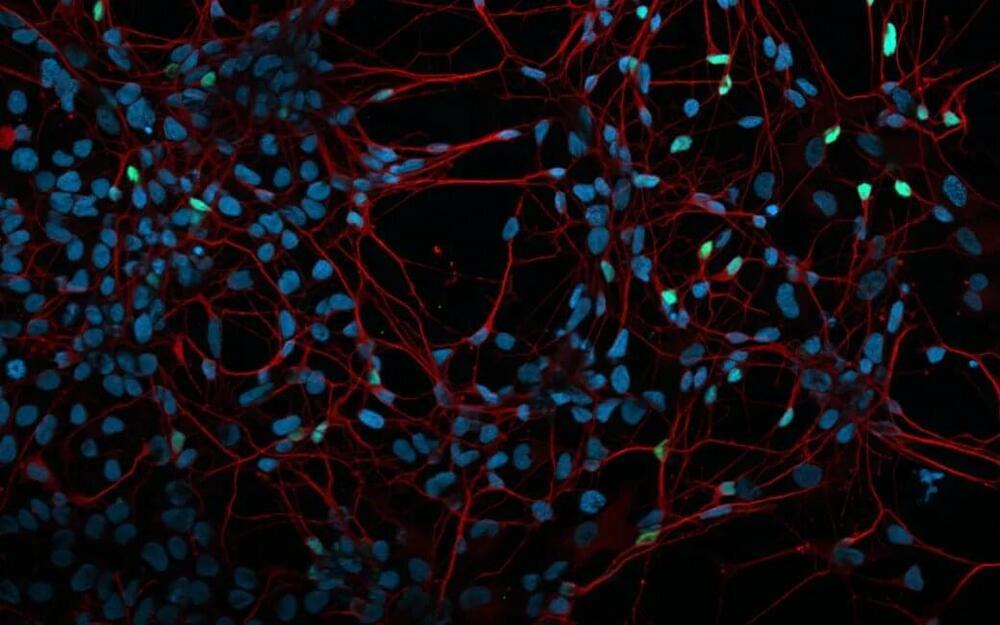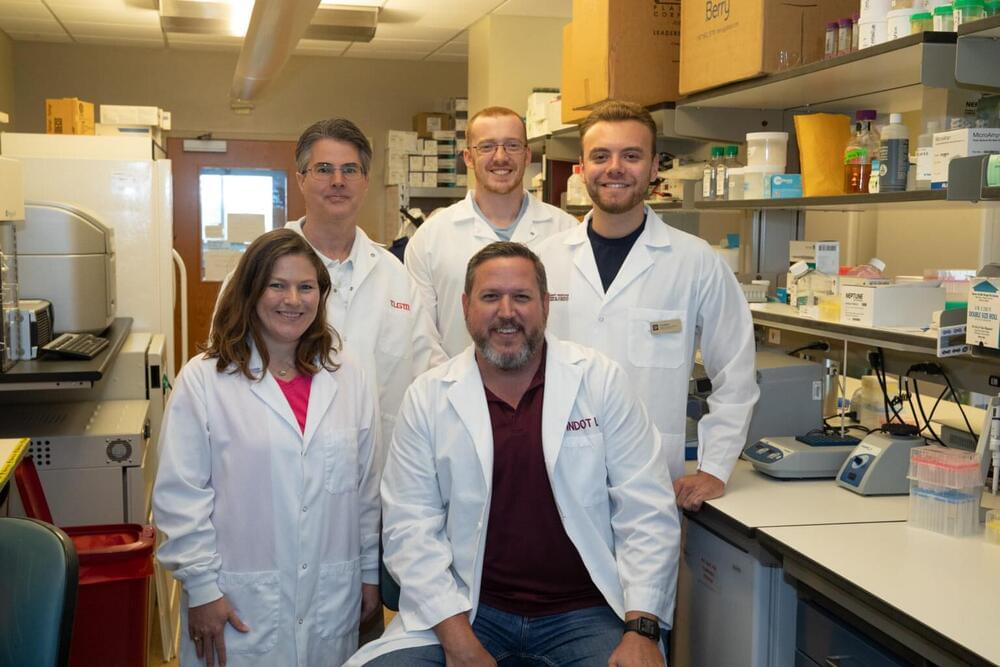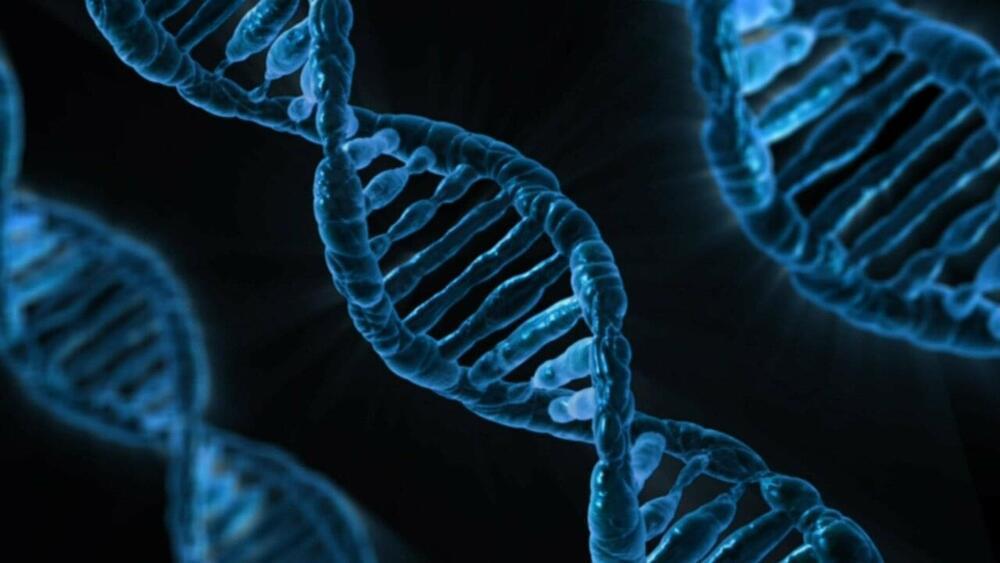The researchers add that these data demonstrate that CRISPRa is generally applicable across chromatin states and cell types, and highlights the factors that impact the degree of gene activation and how easy it is to reproduce the effects. Understanding these factors is important in the design and analysis of CRISPRa screens, which are used to look for genes involved in genetic diseases, the team points out.
Further study is required to continue to add to these rules and to see whether different CRISPRa or CRISPR interference techniques behave in a similar way.
“Our research has established a system for reporting the effectiveness of CRISPR activation in stem cells, allowing us to gain a better understanding of how CRISPRa works in multiple cell states,” says Qianxin Wu, PhD, first author from Wellcome Sanger. “We also showed that CRISPR gene activation is powerful enough to induce stem cells to differentiate into other cell states. This suggests that CRISPRa screens can be used to search for genes involved in cellular processes or to generate more accurate models of cell types in the body, aiding research into genetic diseases and regenerative medicine.”





